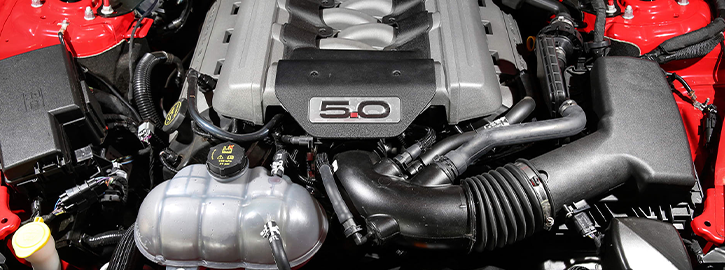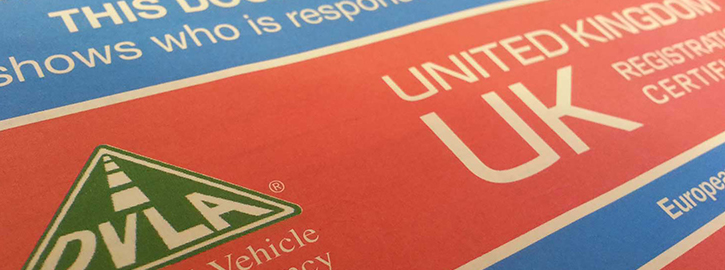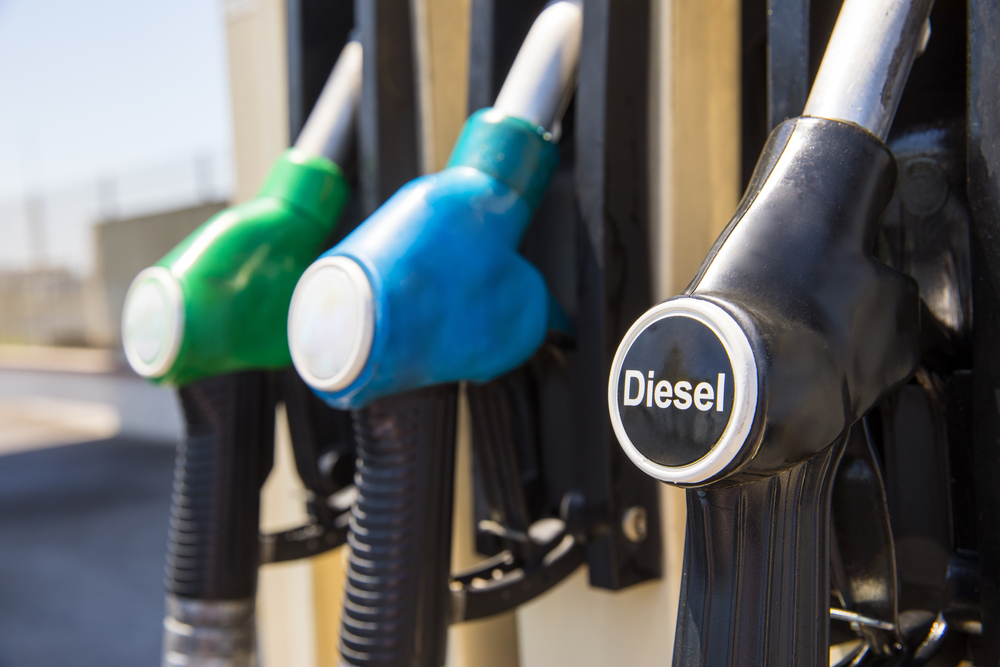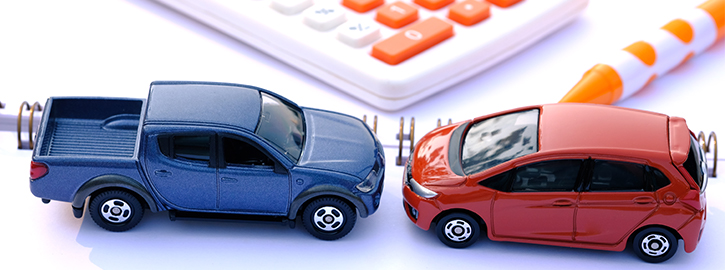Car Engine Sizes Explained

Car Engine Sizes Explained
If you are searching for a new car to buy, one of the factors to consider is the size of the engine, which can have a big impact on the value and performance of your vehicle. In this guide, we’ll take a look at why the size of your car’s engine is important, the different types of engines that there are, and how you can check to see what size your current car’s engine is.
What is the Meaning of a Car Engine Size?
The engine size of a car is the volume of fuel and air that can be pushed through its cylinders, which is measured in cubic centimetres (cc). The sizes are often listed in litres, which is then rounded up to the nearest tenth of a litre.
In years gone by, it was usually the case that if a car has a bigger engine, then it can generate more power than a similar car with a smaller engine. In the last few years though, cars have been developed to have turbocharged engines, making them a lot more powerful. As far as cars go, power is determined by horsepower (bhp).
Small and Large Engines Explained
There’s no particular hard and fast rule for what constitutes a small or a large engine car, but the following summaries are a common way to differentiate the two.
Small Engine Cars
A small engine is often considered to be between 1 litre and 1.9 litres. They tend to be the most economical since there is less space for fuel in the tank which can be burned to create power. Although these cars have less power when you put your foot down, they do have their benefits in certain scenarios, such as being easier to drive around the inner city and urban locations than cars with a bigger, and thus more powerful engine.
Since smaller engine cars tend to have less power, they have to work harder to match the output of other cars, which leads to an increase in the amount of fuel the car burns through.
Large Engine Cars
Larger engines are often considered to be anything above 2.0 litres. These engines are naturally more powerful than their smaller counterparts and thus can accelerate quicker while reaching higher overall speeds. This isn’t without its drawbacks though, as more fuel will need to be burned to produce these greater levels of power, which in turn can cost you more money in petrol or diesel and they are also less eco-friendly.
Turbocharged Engines
Some cars feature a turbocharged engine that has an increased level of power and fuel efficiency without having a higher engine cc. The main benefit to a car having a turbocharged engine is that it can go toe-to-toe and match power with a car that has a naturally bigger engine.
What Size Engine Does My Car Have?
There are a few different ways to find out what size engine your car has. The easiest way is to find your car’s manual, which will list the engine size in there. Just check the Specifications or Mechanical Information section, where it will tell you what you need to know.
You could also locate your car’s Vehicle Identification Number (VIN), which can be found on the driver’s side of your car’s dashboard. You can then use this VIN number to call your car manufacturer and they can tell you what size your car engine is.
Which Car Engine Size Is Right For Me?
The best engine size for you will depend on your personal needs, and where you will be driving the car consistently. You’ll also need to consider your budget, and how much you can afford to outlay on your next car.
If your main priorities are saving money on fuel costs and having the ability to get a cheaper insurance deal, then cars with a smaller engine and a lower cc will likely be the way to go. These types of cars are also ideal for inner city driving, so if you spend most of your time on urban roads then look at a car with a smaller engine.
If you are after something with a bit more power, and can accelerate at a quicker rate, a car with a larger engine will be for you. These will be particularly effective if you spend a lot of time driving on open roads.
If you want a mix of the two or a best of both worlds, a moderate engine that has been turbocharged may be a good option. The performance levels are of a high standard without huge fuel bills.
Being eco-friendly is also a big factor for many drivers, and a car with a hybrid or fully electric engine may be worth a look. Hybrids can still offer a decent amount of power, while reducing fuel consumption and exhaust emissions.
Which Car Engine Size Is The Cheapest To Insure?
As a general rule, cars with smaller engines tend to be cheaper to insure than those with larger engines. Therefore these will be the better options for you if you are looking to save a few pounds on the overall package, or if you have just passed your test and are looking for a cheap first car.
Looking to sell your car? Get a free car valuation by GoodBye Car or visit one of our dealerships in Scotland.





